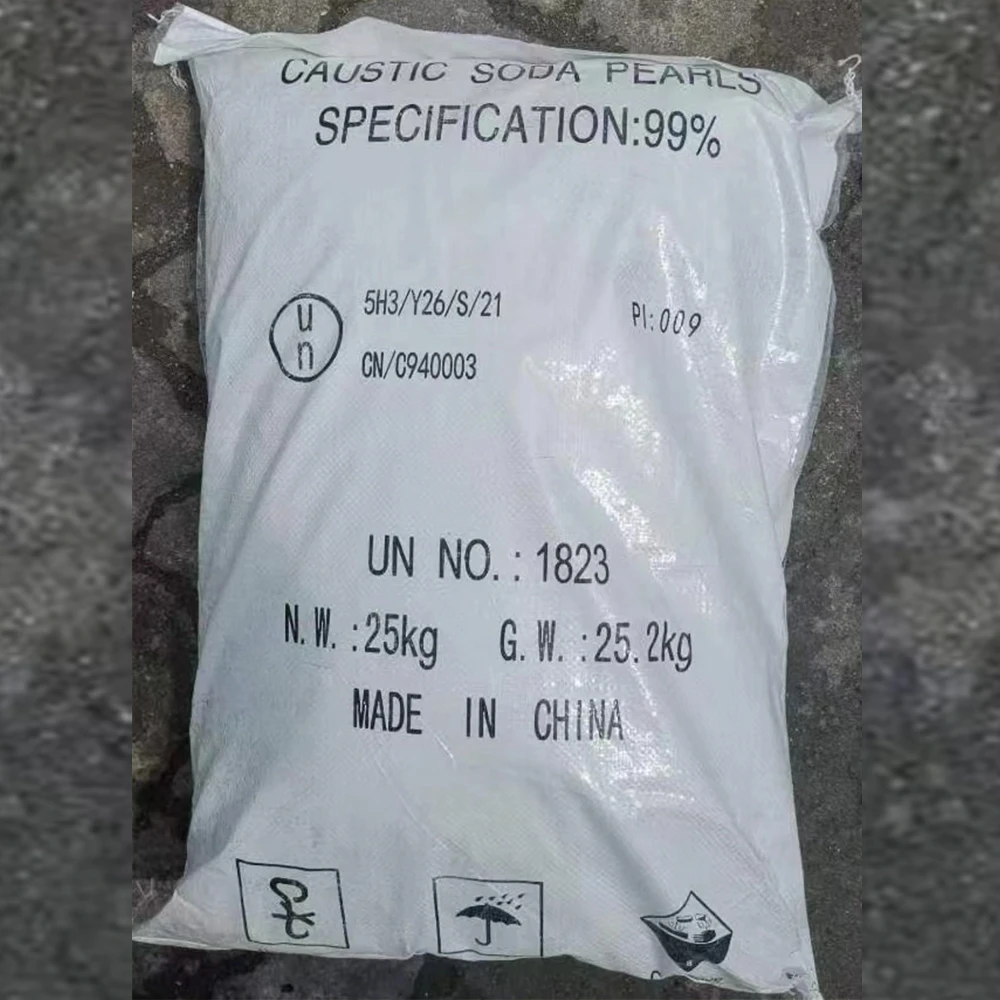



Comparing Sodium Bicarbonate and Sodium Bisulfate for Practical Applications and Effects
Sodium Bicarbonate vs. Sodium Bisulfate Understanding the Differences
In the world of chemistry and everyday applications, two compounds that often come up in discussions about pH regulation and cleaning agents are sodium bicarbonate (NaHCO₃) and sodium bisulfate (NaHSO₄). While they may seem similar due to their sodium content and some overlapping functions, these two compounds serve distinct purposes and have different properties.
Chemical Composition and Properties
Sodium bicarbonate, commonly known as baking soda, is a white crystalline powder that is slightly alkaline. It is a versatile compound that is widely used in cooking, as well as in various industrial applications. Sodium bicarbonate acts as a leavening agent in baking, reacting with acidic components to release carbon dioxide gas, which causes doughs and batters to rise. It is also known for its mild abrasiveness, making it a popular ingredient in many cleaning products.
On the other hand, sodium bisulfate is an acid salt derived from sulfuric acid. It appears as a fine white powder and is typically used as a pH reducer in swimming pools, as well as in various industrial processes. Sodium bisulfate dissociates in water to form bisulfate ions (HSO₄⁻), which are acidic. This means that while sodium bicarbonate can neutralize acids and increase pH, sodium bisulfate does the opposite; it lowers the pH of solutions.
Applications
The applications of sodium bicarbonate and sodium bisulfate vary considerably due to their differing pH properties. Sodium bicarbonate finds its place in a multitude of recipes and household uses, such as deodorizing refrigerators, cleaning surfaces, and even as an antacid for relieving heartburn. Its alkaline nature allows it to neutralize acids, making it a favorite in many cleaning products and personal care items.
Sodium bisulfate, on the contrary, is primarily used in applications that require a reduction in pH. It is commonly found in pool maintenance products. Maintaining the proper pH level in swimming pools is crucial for water clarity, comfort, and the effective functioning of disinfectants. By lowering the pH, sodium bisulfate helps ensure that the water remains clean and safe for swimming.
sodium bicarbonate vs sodium bisulfate

In addition to pool maintenance, sodium bisulfate is also used in the food industry as a pH control agent. It can act as a preservative and also enhance the flavor of certain foods. Furthermore, it's utilized in various industrial processes, including metal cleaning and the manufacture of dyes and pigments.
Safety and Handling
When it comes to safety, both sodium bicarbonate and sodium bisulfate must be handled with care. Sodium bicarbonate is generally recognized as safe for consumption and has a long history of use in food applications. However, excessive consumption may lead to health issues, particularly for individuals with certain medical conditions. It is always advisable to use it in moderation.
Conversely, sodium bisulfate is considered to be hazardous. It is an irritant to the skin, eyes, and respiratory system. Hence, proper protective equipment, such as gloves and goggles, should be worn when handling this compound. Additionally, care should be taken to store it away from incompatible substances, as it can react with strong bases and certain chemicals, leading to the release of toxic gases.
Conclusion
In summary, sodium bicarbonate and sodium bisulfate serve different roles in both household and industrial settings. Sodium bicarbonate is a multipurpose compound with a focus on raising pH and neutralizing acids, making it suitable for applications like baking and cleaning. In contrast, sodium bisulfate specializes in lowering pH levels, crucial for pool maintenance and certain food applications, but requires careful handling due to its potentially hazardous nature.
Understanding the distinct characteristics and uses of these two compounds can facilitate better decision-making whether you are in the kitchen, cleaning your home, or managing a pool. Always consider the best product for your specific needs and respect safety guidelines to harness their benefits effectively.
-
Why Sodium Persulfate Is Everywhere NowNewsJul.07,2025
-
Why Polyacrylamide Is in High DemandNewsJul.07,2025
-
Understanding Paint Chemicals and Their ApplicationsNewsJul.07,2025
-
Smart Use Of Mining ChemicalsNewsJul.07,2025
-
Practical Uses of Potassium MonopersulfateNewsJul.07,2025
-
Agrochemicals In Real FarmingNewsJul.07,2025
-
Sodium Chlorite Hot UsesNewsJul.01,2025










